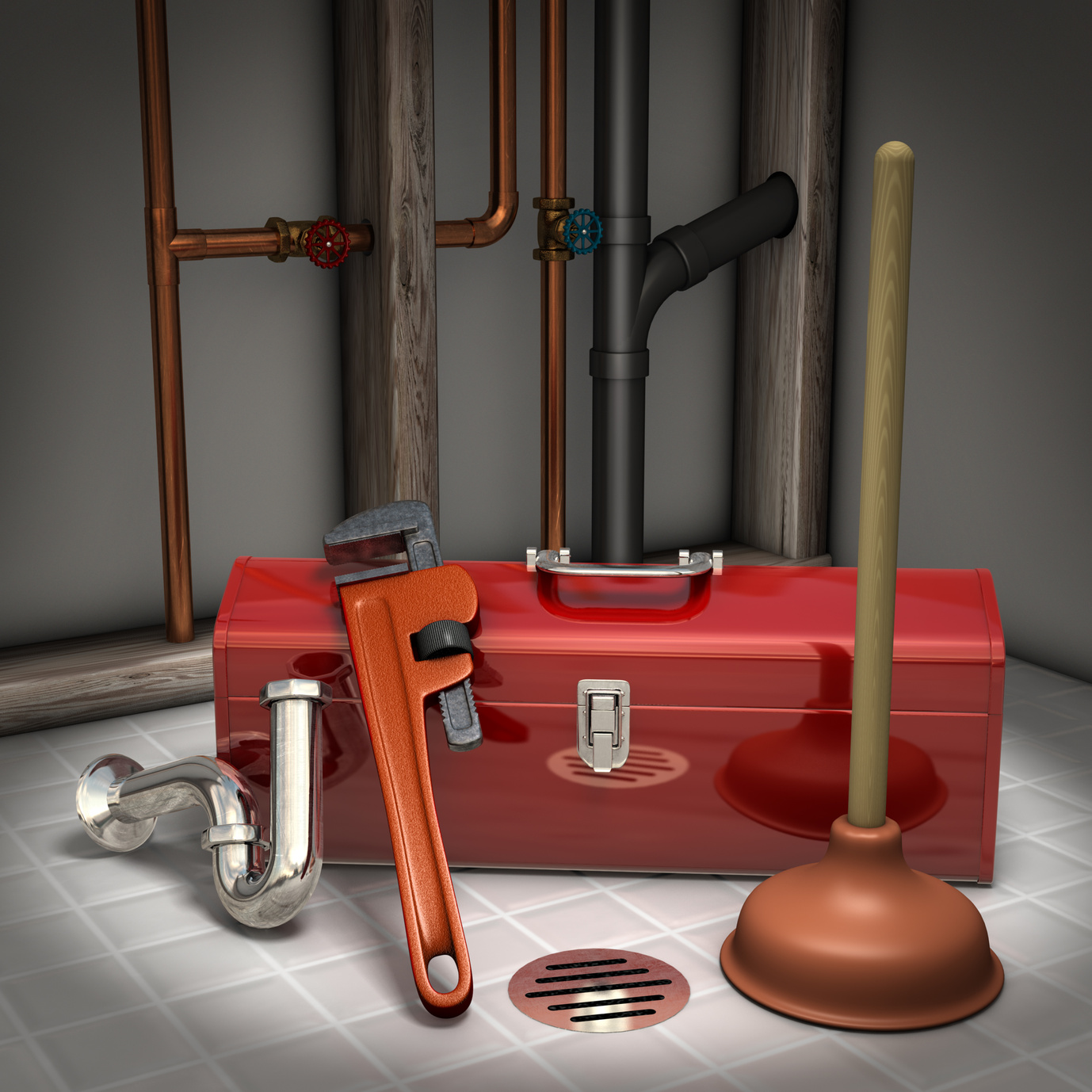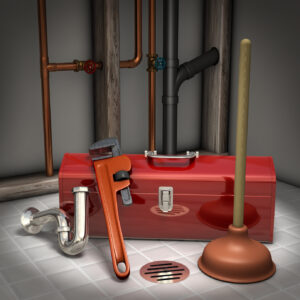Plumbers are responsible for installing, repairing and maintaining the plumbing and sewage infrastructure that keeps modern life running smoothly. Their work ranges from unclogging drains to designing piping systems that disperse water and waste, connect heating and cooling systems, and more.
They also collaborate with construction teams on new building projects, ensuring that plumbing meets all standards and regulations. Contact Plumber Rosenberg TX for professional help.
As a plumber, you install, repair and maintain pipe systems for water, gas, drainage and heating. You also inspect and test pipes to ensure they are safe for use. Your job duties also include interpreting blueprints, building plans and plumbing schematics and estimating time and materials for plumbing jobs. Plumbers are also required to keep up with changing regulations and technologies in their field.
Plumbers typically work on residential and commercial properties, installing or repairing fixtures and systems like toilets, bathtubs, sinks, faucets and drains. You may also be called on to install or repair appliances like refrigerators and dishwashers. Some plumbers also work on large scale plumbing systems in industrial or commercial settings. These projects can be more complex and involve higher-pressure pipes and more specialized equipment.
Plumbing is a hands-on trade that requires physical strength and stamina, as well as the ability to work safely with power tools and other heavy machinery. You should also have excellent customer service skills, as you often interact with clients when completing plumbing repairs or installations.
While some plumbers work on new construction or remodelling projects, others focus solely on maintenance and emergency repairs. This type of work can be very demanding, as you may need to respond quickly to urgent calls from customers. You should be willing to work evenings and weekends if necessary to accommodate your client’s schedule.
If you enjoy working with your hands and have a good sense of direction, plumbing might be the right career for you. You can make a real difference in people’s lives by helping them to maintain a safe and functional plumbing system. In addition, you can earn a decent wage and enjoy a steady income.
If you are interested in becoming a plumber, it is important to understand the different types of plumbing jobs that are available. While plumbers usually work in residential and commercial locations, pipefitters are more likely to be found working in factories or other industrial settings. Both types of jobs require similar skills, but plumbers tend to work on more smaller-scale plumbing systems and are more familiar with domestic water systems in homes.
Education and Training Requirements
As with most skilled trades, education and training are essential to becoming a plumber. A high school diploma or alternative certification like a GED is the minimum requirement for entry into most plumbing programs. These typically include classroom learning in math and other subjects that will help you succeed as a plumber, as well as hands-on experience working with tools and industry-standard plumbing systems.
Apprenticeships are another important part of the education process. During these 4-5 year programs, you will work under the supervision of experienced plumbers to gain practical skills and knowledge. After completing your apprenticeship, you can earn your journeyman plumber license to work independently. Continuing education and professional memberships in trade organizations are also common ways to build your career potential and stay up to date on plumbing techniques and regulations.
Most states require a plumber to be licensed before performing any plumbing work. Licensing requirements vary by state, but generally include passing an exam and gaining on-the-job experience. Many states also allow you to transfer your license between different jurisdictions with similar licensing requirements.
Plumbers may specialize in residential, commercial, or industrial work. Each presents unique challenges and opportunities. Residential plumbers typically work in homes, installing and repairing fixtures like sinks, toilets, and water heaters. Commercial plumbers work in offices and factories, handling larger-scale plumbing issues that can impact entire buildings. Industrial plumbers work with pipes that carry gases, oil, and other industrial fluids.
In addition to technical expertise, plumbers must have strong communication and problem-solving skills. These are especially important when communicating with customers or addressing complicated issues. They must also be comfortable working in cramped spaces and using tools that can be dangerous or hazardous if not used properly.
Since many plumbing problems occur at inconvenient times, plumbers often have to be available on-call and respond to urgent requests. This can mean working unscheduled hours, including evenings and weekends. This type of work requires commitment and a flexible approach to work-life balance. In addition, plumbers must be prepared for the physical demands of the job, which can include carrying heavy tools and climbing ladders.
Work Environment
Plumbers work in a variety of environments, including residential homes, commercial buildings and industrial facilities. They may also work outdoors. The work environment can be physically demanding, with plumbers often spending long periods of time in tight spaces or crawling underneath houses or other structures. They are also exposed to hazardous materials, such as sewage and chemicals. This can pose health risks and requires the use of appropriate safety equipment.
The plumbing industry is constantly evolving with new technologies and systems. This requires plumbers to keep up with these changes and seek out opportunities for professional development. It is also important for plumbers to have strong problem-solving skills in order to effectively assess and resolve issues quickly.
In addition, plumbers need to be comfortable working with their hands and performing manual labor. They must be able to install and repair pipes that supply water and gas to, and carry waste away from, homes and businesses. They may also need to work with other construction trades people on large projects, such as installing drainage systems for a new building.
Some plumbers choose to become self-employed and run their own plumbing businesses. This can provide greater flexibility in scheduling and the ability to set rates. However, it can be more challenging to build a customer base and find steady work.
Plumbers can enjoy a high level of job satisfaction, particularly when they complete a difficult task successfully. They may also take pride in their craftsmanship and the fact that their expertise contributes to the safety and comfort of customers. The job can also be lucrative, with many plumbers earning higher wages than other construction workers. Many plumbers belong to trade unions, which can help them negotiate pay and benefits. The work is varied and exciting, and it is possible for plumbers to specialize in specific areas of the field.
Salary
Plumbers are in high demand, and as a result, they can command competitive salaries. They can earn even more if they have the required certifications and experience. They also have the option of opening their own plumbing businesses, which provides even more opportunities for growth and financial stability. People with physical stamina and a knack for problem-solving are ideal candidates for this career.
Depending on their level of experience, a plumber can earn up to $99,920 a year. Apprentices typically earn $36,700 per year, while journeymen can expect to make around $59,880 annually. Master plumbers are likely to earn the highest wages in the profession, earning approximately $99,920 or more annually.
The type of work a plumber performs can also impact his or her salary. Residential plumbers, for example, focus on the installation and repair of pipes and appliances in homes and apartments. They are often called upon to deal with urgent issues, like clogged drains and water heater malfunctions. Commercial plumbers, on the other hand, work on plumbing systems at a larger scale. They can be found working in offices, retail shops, and other large buildings.
In addition to their residential and commercial duties, plumbers can be hired by construction firms to handle the installation of new plumbing systems at building sites. This work involves laying out piping systems according to blueprints, installing fixtures and appliances, and connecting them to water supply and drainage systems. Plumbers can also be found working on sewage systems and water treatment plants.
While many jobs see a drop in demand during economic downturns, the job of a plumber remains steady. This is because water and waste management are essential, and these systems must be kept up to date at all times. Moreover, plumbing problems do not wait for the economy to improve. They must be dealt with immediately, and this is why plumbers are considered to be in a recession-proof industry. Leaking pipes and clogged drains cannot be ignored, no matter what the economy is doing. This is why plumbers are in such high demand.

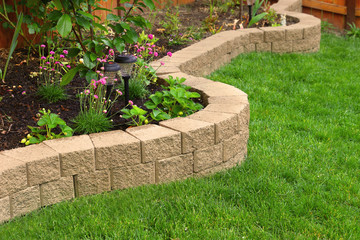
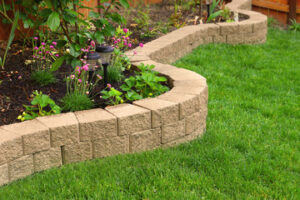
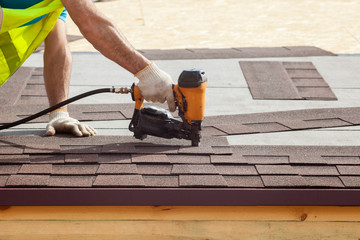
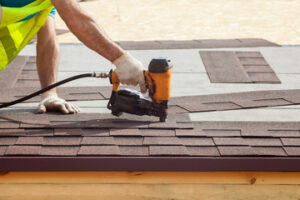 If the damage was caused by an unexpected event, you can pay for a roof replacement with your homeowner’s insurance. You can also take out a personal loan to cover the cost of the work.
If the damage was caused by an unexpected event, you can pay for a roof replacement with your homeowner’s insurance. You can also take out a personal loan to cover the cost of the work.